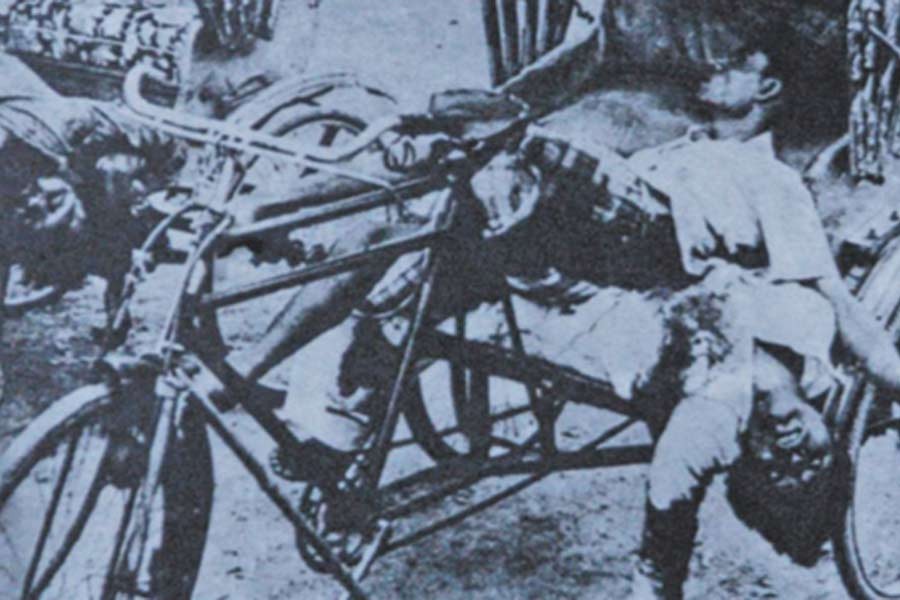December 19 in 1971 was the fourth day in independent Bangladesh. Just three days ago, the defeated and bedraggled Pakistan occupation army surrendered to the victorious joint forces in Dhaka. They comprised the Freedom Fighters and the Indian Allied Army. The outburst of the joy of victory on the part of the Bengalees had not simmered down yet. The trucks and open jeeps filled with youths holding firearms aloft, and chanting 'Joy Bangla', still sped along the Dhaka streets. Streams of people of all ages, both male and female, on the major roads seemed endless. For one full week, Dhaka and the other cities and towns stood for unalloyed joy and jubilations.
Yet a number of people couldn't join the mirthful pageantries. By that time they had learnt about the killings of the noted people and their bullet-ridden bodies dumped in ditches on the city outskirts. Looming above the mirthful victory processions, there hung a pall of gloom. In a couple of days, suppressed weeping and heart-piercing cries began pouring in from all directions of the country. The term 'genocide' had then just begun entering both the political and mass-level parlance.Upon realising the full and detailed meaning of the word, they knew what kind of ordeals the people in many parts of the country had undergone during the 9-month-long Liberation War. It was not just displacement from ones' ancestral homesteads. In most cases, it came in the form of sudden death. The time could be midnight, the wee hours or also the high noon. The trigger-happy occupation army remained obsessed with killing whoever speaks Bangla.
When dealing with the genocidal killings in occupied Bangladesh in 1971, the scenes which flash across the mind of the average people are limited to the killing spree let loose on the sleeping vagabonds, slum dwellers and panic-stricken students on the night of the 25th March. The two prominent genocidal killings in Dhaka took place on the fateful night at the Jagannath Hall, and the Ramna Kali Temple. Both Muslim and non-Muslim neighbourhoods in Old Dhaka came under the gun attacks. It was after the liberation on December 16, 1971, the news of the whole Bangladesh turning veritably into a target of the occupation army began to be revealed. For three years in a row from 1972, the news of the discovery of killing fields in villages wasa print-media staple.
To speak in brief, Bangladesh turned into a vast concentration camp for nine months in 1971. Except the swathes under the control of the daredevil Freedom Fighters, there were few areas in the land which were spared the 'cleansing' operation of the occupation army. In the three years from 1972, hundreds of small and large 'boddhyobhumi' (killing fields) were discovered throughout Bangladesh. Many were discovered even a decade after the Liberation War. Some others in the outlying villages became covered with wild bushes. As there were no notice boards and the mass burial sites bearing no markings --- the whole villages lying deserted --- the desolation continued for over a decade even. It was unfortunate for the nation that it allowed the mass graves to remain unmarked and unnoticed, and go derelict through the passage of time. In 2021, when the nation celebrates the golden jubilee of its independence, the media report on the neglected sites of the brutal killing of villagers appears incredible.
There are also hundreds of graves of Freedom Fighters in obscure places, which have been lying uncared for. Few bother to identify them. Many of these graves have been lost to river erosion, or fallen victim to the land grabbers. There are memorials in many countries dedicated to the unknown soldiers. But we haven't yet erected a national monument as tribute to the unknown genocide victims. What a pity!


